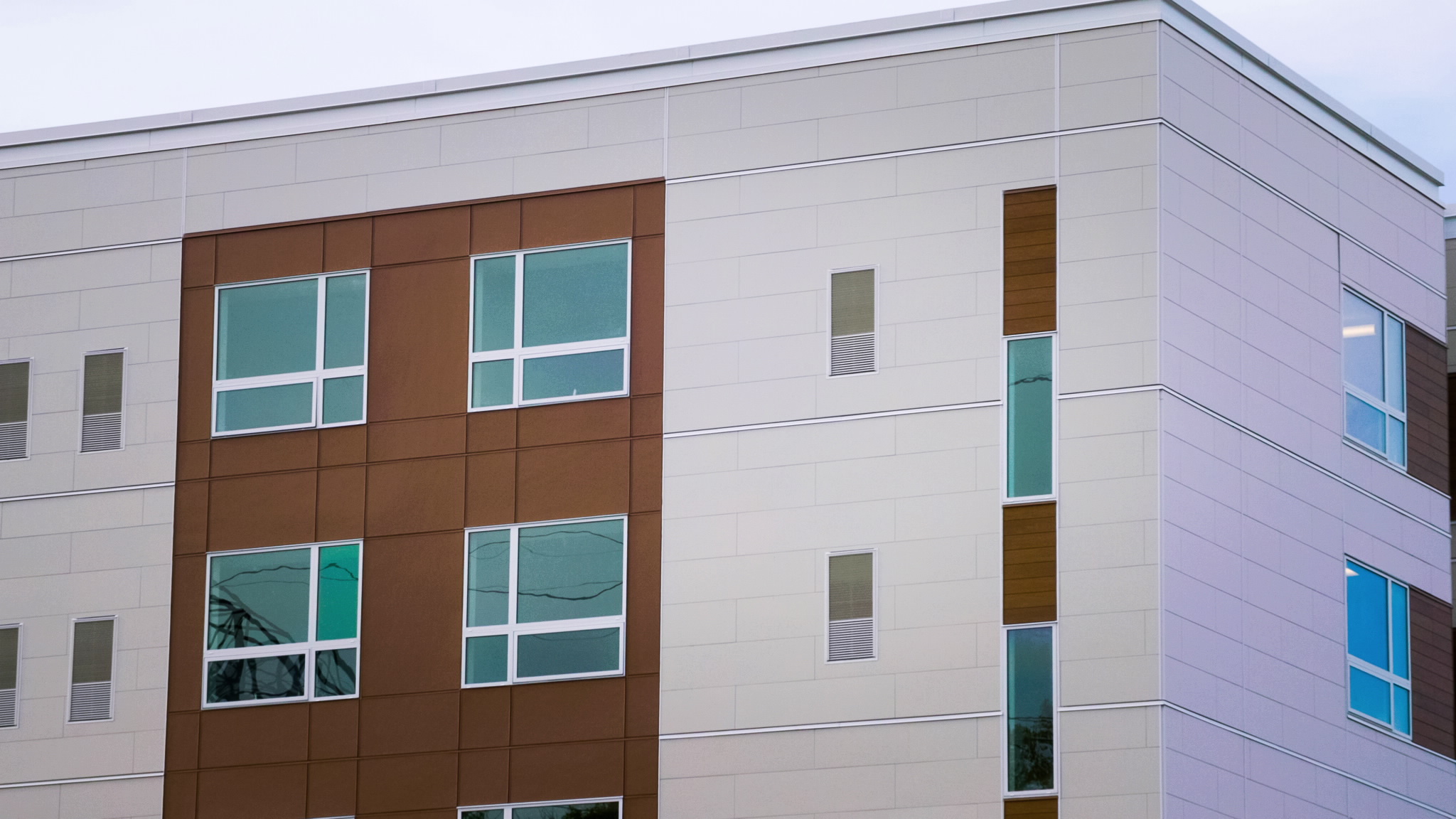Increase the Development of New Housing that is Affordable
To create and sustain a healthy housing market, Minnesota will need 182,000 new housing units in Minnesota through 2035 across all types and price points; however, the greatest need is for housing that is affordable for low-income families. Only 24% of renter households with an income at or below 30% of the area median income (AMI) are in a home they can afford. The month-supply of homes selling for $300,000 or less is only 1.1 months, when a five-month supply is considered a healthy and balanced market. Expanding the supply of housing that is affordable is critical because most lower-income households just need an affordable place to live.
Key Metrics
Number of new rental units funded by Minnesota Housing with rents affordable to households with incomes at or below 30% of the area median income (AMI), and between 31% and 50% of AMI (coming soon)
Number of new owner-occupied homes funded by Minnesota Housing selling for $300,000 or less (coming soon)
Number of new owner-occupied and rental homes financed by Minnesota Housing in Greater Minnesota communities with substantial job growth (coming soon)
Actions
